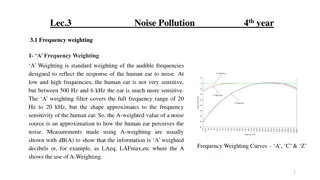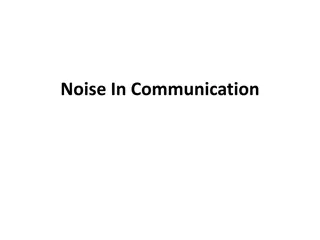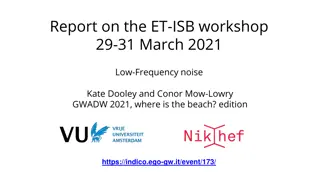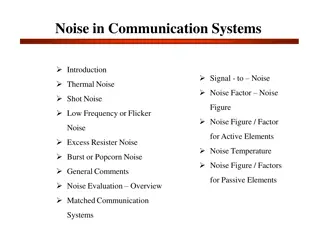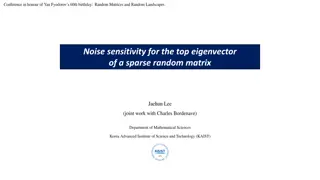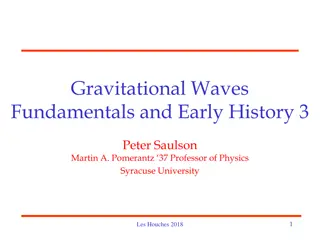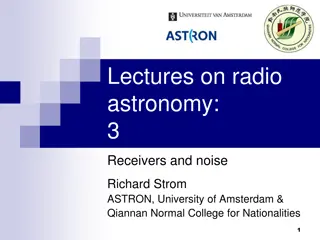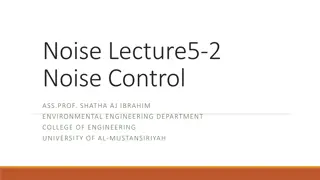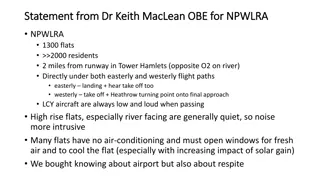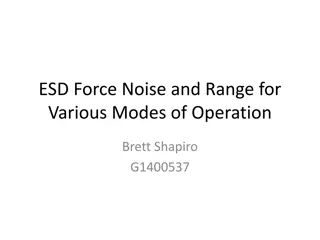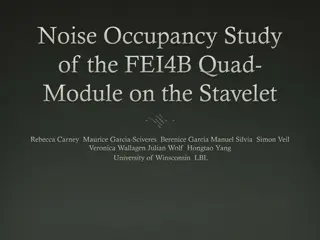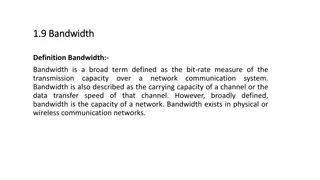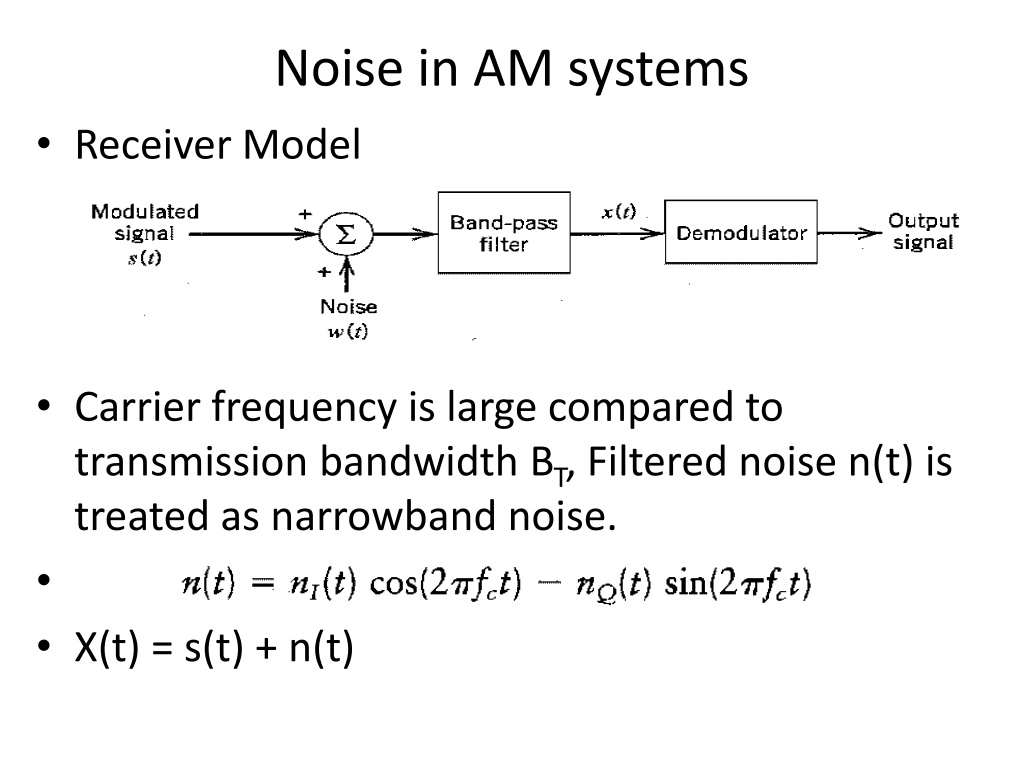
Analysis of Noise in AM, DSB-SC, and DSBFC Systems
Discover the impact of noise in different amplitude modulation systems like AM, DSB-SC, and DSBFC. Explore how noise affects the signal-to-noise ratios and the performance of receivers in various scenarios.
Download Presentation

Please find below an Image/Link to download the presentation.
The content on the website is provided AS IS for your information and personal use only. It may not be sold, licensed, or shared on other websites without obtaining consent from the author. If you encounter any issues during the download, it is possible that the publisher has removed the file from their server.
You are allowed to download the files provided on this website for personal or commercial use, subject to the condition that they are used lawfully. All files are the property of their respective owners.
The content on the website is provided AS IS for your information and personal use only. It may not be sold, licensed, or shared on other websites without obtaining consent from the author.
E N D
Presentation Transcript
Noise in AM systems Receiver Model Carrier frequency is large compared to transmission bandwidth BT, Filtered noise n(t) is treated as narrowband noise. X(t) = s(t) + n(t)
Noise in AM systems (SNR)i= ratio of average power of modulated signal s(t) to average power of filtered noise n(t). (SNR)o: ratio of average power of demodulated signal to average power of noise, both measured at receiver output. (SNR)c: ratio of average power of modulated signal to average power of channel noise in message bandwidth both measured at receiver input.
Noise Analysis in DSBSC DSB-SC Receiver Where Average noise in message bandwidth W is WN0
Noise Analysis in DSBSC The total signal at coherent detector input is The output at product modulator is The output of low pass filter is
Noise Analysis in DSBSC By definition Substitute numerator and denominator values, we get F=1
Noise in DSBFC The AM signal s(t) is given by The average power of carrier component is The average power of information bearing component Thus total power is
Noise in DSBFC X(t) serves as input to envelope detector. Thus, the output y(t) The approximated output y(t) is
Noise in DSBFC The DC term AC can be ignored or can be blocked by using capacitor. Thus, F=
Threshold effect When the carrier to noise ratio is less compared to unity then noise term dominates. In such cases n(t) can be written as The envelope output is The detector output has no component proportional to message m(t). Thus m(t) is lost.
Noise in FM systems The noise model of FM receiver is Equivalently Where
Noise in FM systems FM signal s(t) is defined as The noisy signal at band pass filter output
Noise in FM systems The phasor diagram of x(t) is For large carrier to noise ratio
Noise in FM systems The discriminator output is proportional to Where nd is
Noise in FM systems To determine average output noise power, nd(t) and nQ(t) can be related as

